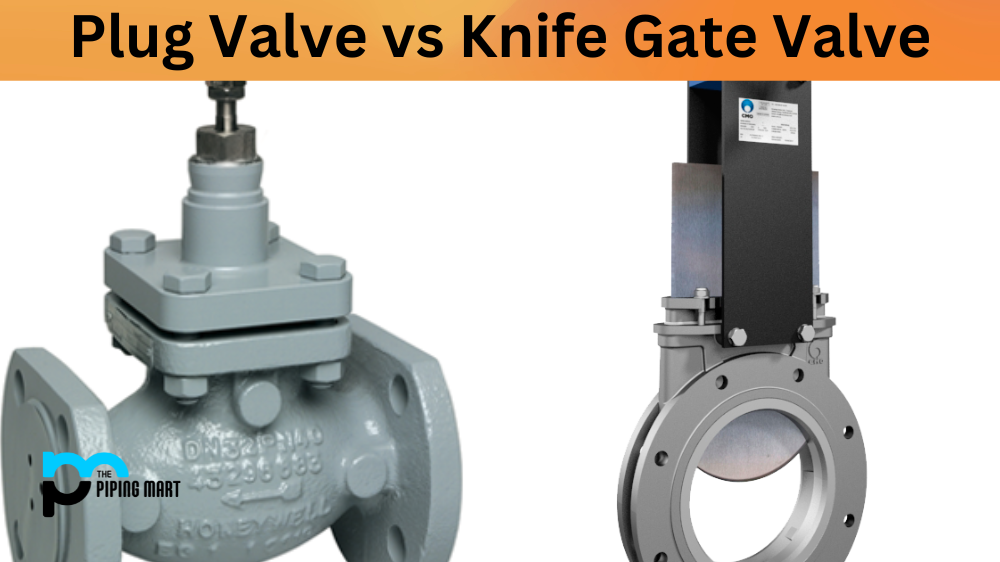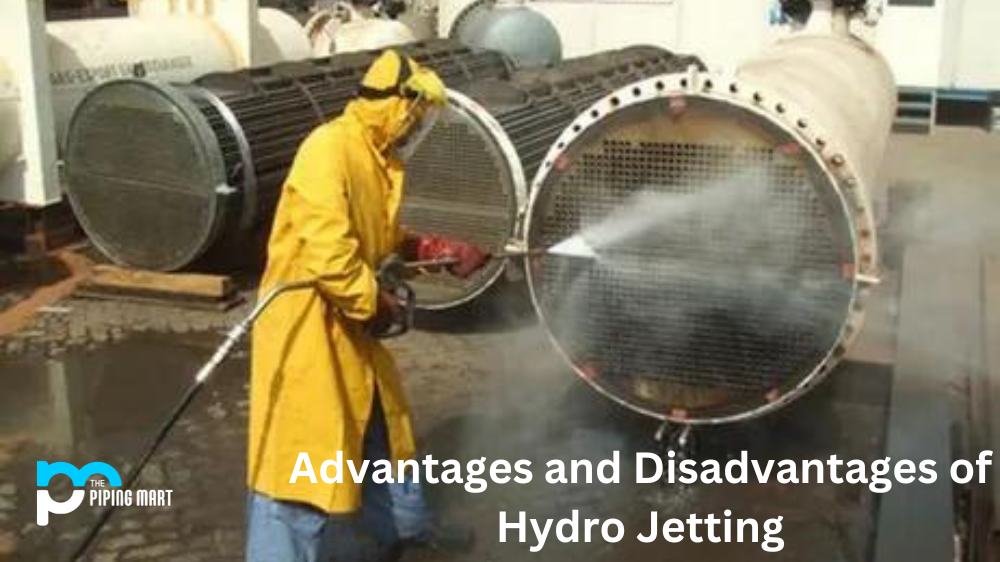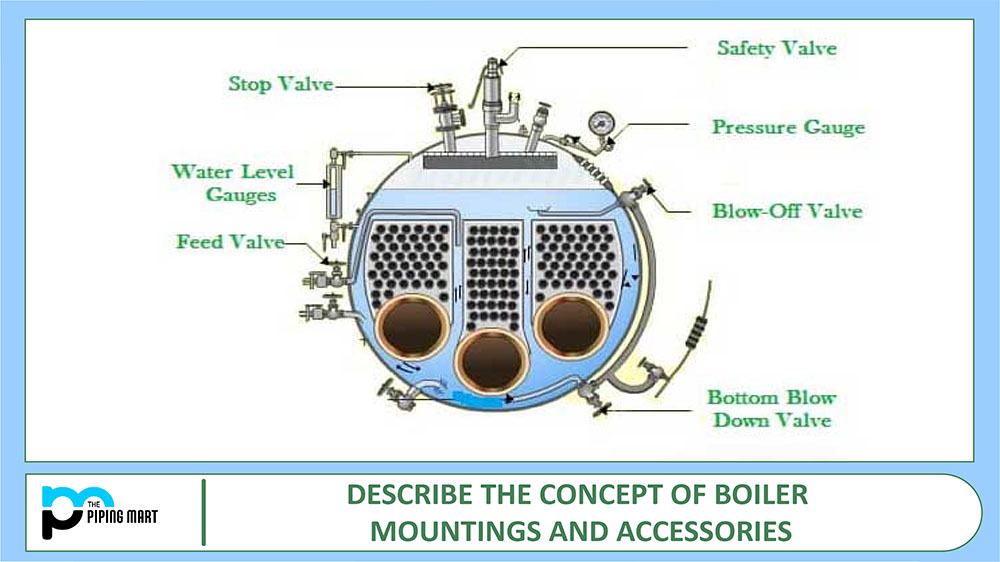When it comes to finishing your car parts, you have a few options. Plating and powder coating are two of the most popular choices, but which one is best for you? To help you make the right decision, let’s look at some of their key differences and advantages.
Plating
Plating is a process where metal ions are deposited onto a surface to create a thin layer of metal coating. This adds protection from corrosion, increases the longevity of the part, and can give it an appealing aesthetic finish. It also helps reduce friction between two surfaces when they move against each other. In terms of plating materials, gold is often used for decorative purposes, while zinc or nickel are used for more industrial applications that require more durability. Plating offers a number of advantages over other finishing methods, such as painting or powder coating, including superior abrasion resistance, greater chemical stability, and increased electrical conductivity.Plating is a process in which a thin layer of metal is applied to the surface of another metal. This can be done for a variety of reasons, including to improve the appearance of the metal, to prevent corrosion, or to harden the surface. Plating is typically done using an electrochemical process in which the metal to be plated is used as an anode, and a solution containing the desired metal is used as the cathode.
Powder Coating
Powder coating is similar to plating in that it provides protection from corrosion as well as an aesthetically pleasing finish. However, instead of using metal ions to coat the surface, powder coating uses special powders made up of resin-based particles with colour pigments mixed in. These powders are then applied to the surface using electrostatic paint guns, which help ensure an even application across all surfaces. Powder coating does not require any solvents or hazardous chemicals like many traditional paints do, and this makes for easier cleanup after use. Additionally, unlike traditional paints that can chip or crack over time due to UV exposure from sunlight or moisture from rain or snowfall, powder coatings provide superior durability, making them ideal for outdoor applications such as automotive parts and patio furniture.Powder coating is a process in which a powder made from plastic or other materials is applied to the surface of a metal. This can be done for a variety of reasons, including to improve the appearance of the metal, to prevent corrosion, or to harden the surface. Powder coating is typically done using an electrostatic process in which the metal is coated, charged with electricity, and then attracted to the powder, which is also charged with electricity.
Advantages of Plating
One advantage of plating over powder coating is that it can provide a more durable finish. Plating can also be used to create a variety of finishes, including polished, brushed, and matte finishes. Additionally, the plating can be used to coat irregularly shaped objects, such as those with intricate designs.
Advantages of Powder Coating
One advantage of powder coating over plating is that it does not require the use of hazardous chemicals. Powder coating is also typically less expensive than plating and can provide a more consistent finish. Additionally, powder coating can be used to coat large objects more quickly and evenly than plating.
Disadvantages of Plating
One disadvantage of plating is that it requires the use of hazardous chemicals, which can be harmful to both workers and the environment. Additionally, plating is typically more expensive than powder coating and can be less durable than powder coating. Plating can also be difficult to repair if it becomes damaged.
Disadvantages of Powder Coating
One disadvantage of powder coating is that it does not adhere well to surfaces that are not perfectly clean and smooth. Additionally, powder coating can be difficult to remove if it needs to be repaired or replaced.
Conclusion:
When it comes down to choosing between plating and powder coating for your car parts finishing needs, there are several factors you should take into consideration, including cost effectiveness, durability, ease of application/cleanup, and aesthetics. Both plating and powder coating offers unique advantages, so ultimately, the choice will come down to personal preference based on what will work best for your particular application. Ultimately both processes offer excellent protection against corrosion while also providing an aesthetically pleasing finish, so whichever option you choose will surely be beneficial in protecting your car parts from wear and tear caused by environmental elements such as moisture or UV rays from sunlight exposure. Good luck!

Pipingmart is a B2B portal that specializes in metal, industrial and piping items. Additionally, we share the latest information and information about materials, products and various types of grades to assist businesses that are involved in this business.




